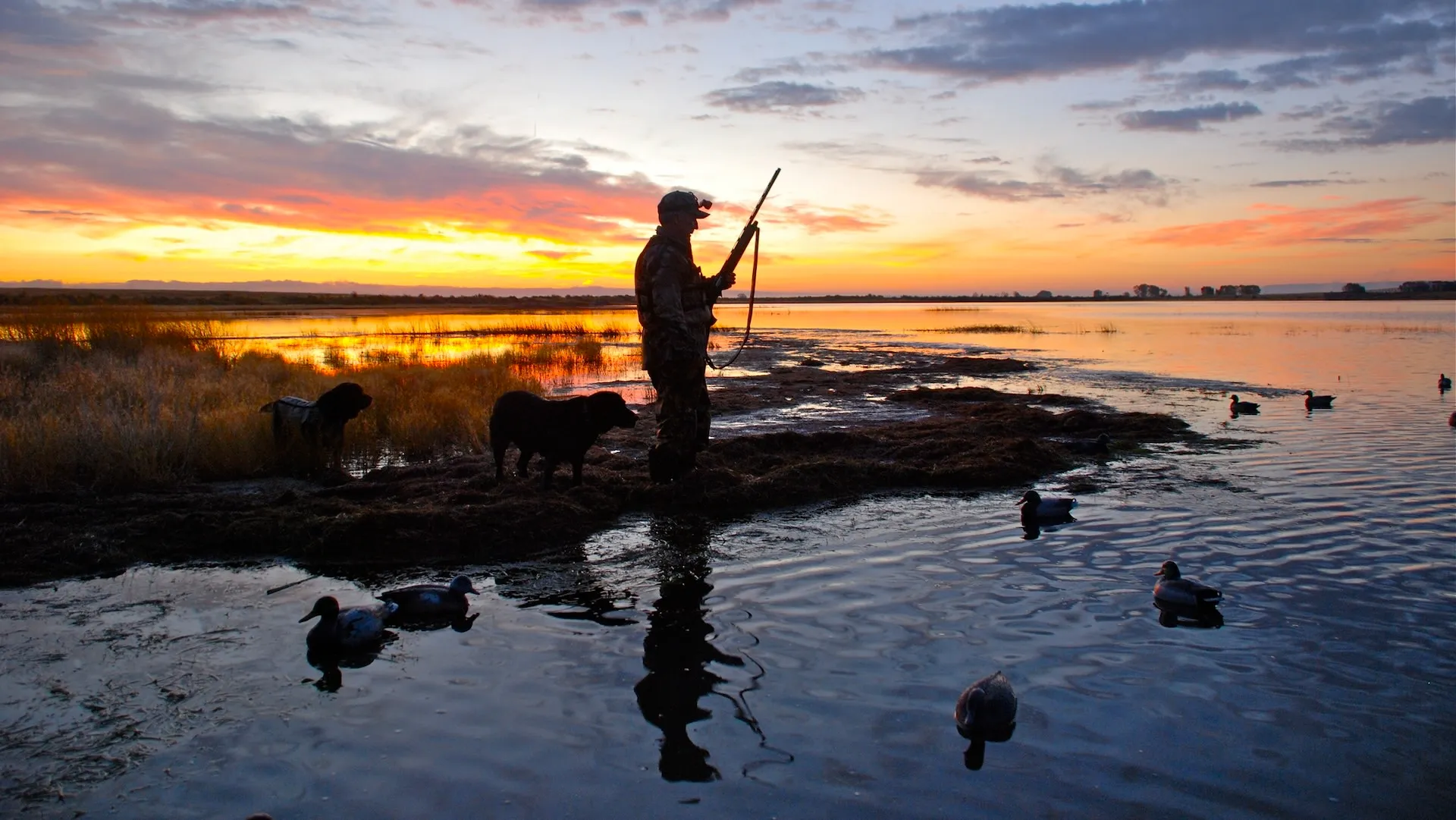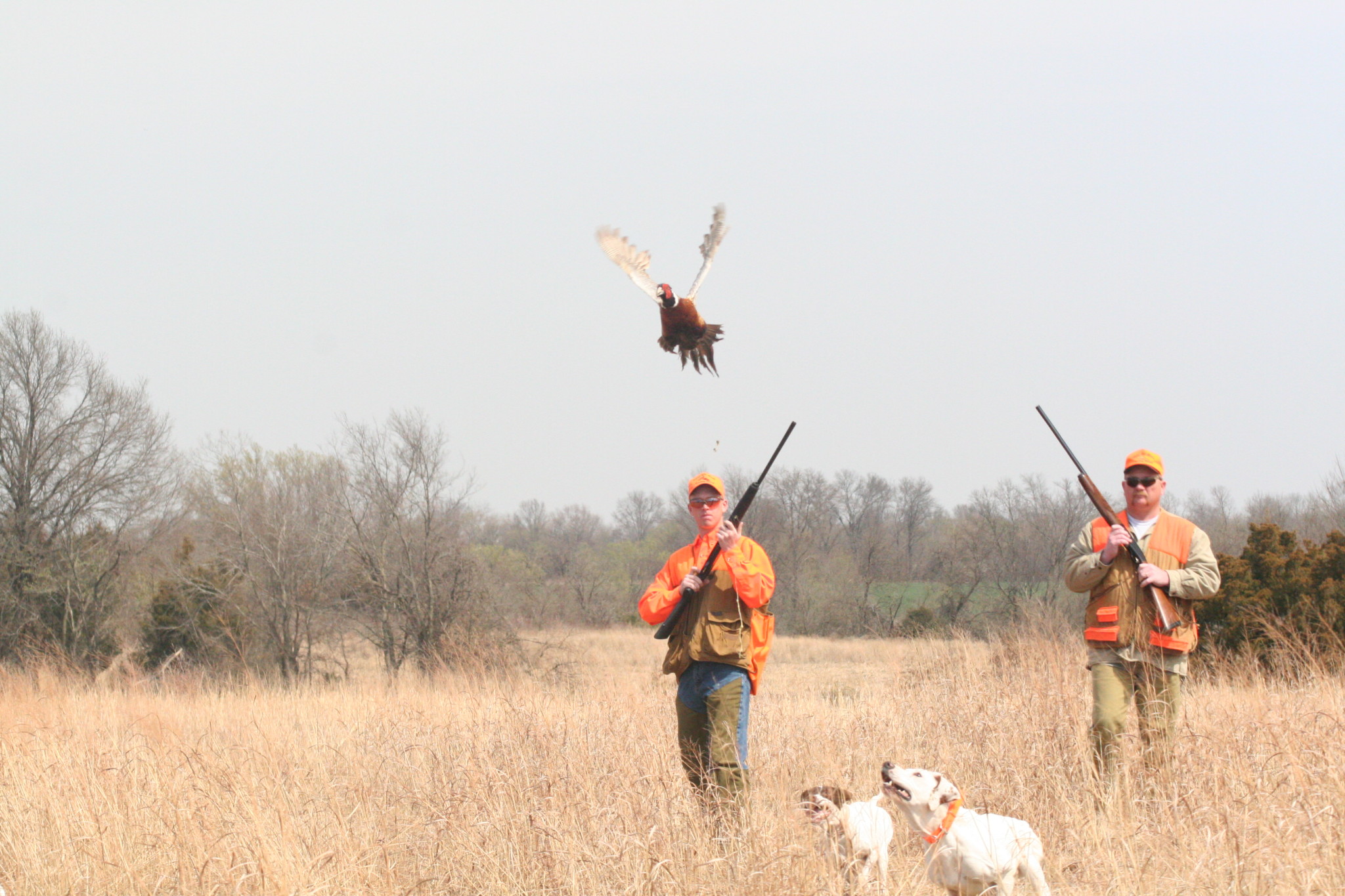Hunters now benefit from advanced systems that analyze trail camera photos, map animal travel routes, and convert scattered inputs into organized insights.
Hours once spent reviewing memory cards or scribbling notes are cut as hunting software filters genuine detections from distractions. Images once dismissed as clutter now reveal clear patterns of activity that shape strategy.
The advantages extend far beyond time savings. From selecting productive stands to managing herds over many seasons, data-driven tools sharpen planning at every level.
Movement heatmaps, structured harvest records, and collaborative dashboards give hunters verifiable evidence. Guesswork fades, cooperation improves, and decisions align closely with measurable activity in the field.
Turning Raw Trail Camera Images into Clear Hunting Findings
A memory card filled with thousands of mostly empty frames often ends up overlooked on a shelf. AI scans each photo, flags genuine animal detections, and filters out false triggers such as shifting leaves, moving branches, livestock, or headlights, so reviewers focus only on frames with actual wildlife activity. Confidence scores rank detections, letting hunters concentrate on high-probability images.
When powered by hunting software, tagged images gain species labels, timestamps, and location data, while sequences link into movement paths and activity windows that separate feeding from travel behavior.
Organized datasets reveal seasonal patterns and peak hours, guiding adjustments in stand placement and timing. Weekly syncing of time stamps further refines detection windows for a sharper strategy.
Pinpointing Productive Stand and Blind Locations with Data
AI-based mapping tools reveal animal corridors and feeding areas with clarity far beyond scattered detections. Timestamped activity records highlight periods—morning, midday, or evening—when movement is most reliable. Seasonal overlays show where patterns repeat across weeks or months.
Hunters gain not just a visual map but also a timetable that aligns stand placement with proven cycles instead of chance observations.
Environmental layers add another dimension of accuracy. Terrain details outline ridges, funnels, and bedding cover, while prevailing winds indicate natural scent dispersal. Pairing movement records with topographic and weather data reduces uncertainty and guides stand selection with greater precision.
Downwind positioning along high-use trails improves concealment while preserving range, shifting scouting from assumption to evidence-based planning.
Managing Multiple Hunters on the Same Property Without Conflict
Managing multiple hunters on the same property becomes simpler with coordinated mapping and communication tools. A shared property map assigns zones, while geofencing prevents overlap and protects private plots. Alerts notify hunters of nearby detections, and conflict warnings appear if planned routes intersect.
Scheduling features reduce crowding in narrow funnels, while check-in status shows who is active in real time. Hunting software also streamlines reporting: harvest logs automatically record age, weight, and location, and a sightings feed prevents redundant sits.
A single midday sync aligns everyone, improves cooperation, and keeps property activity organized without unnecessary chatter.
Converting Harvest Records into Smarter Management Actions
Digitized harvest records reveal patterns that remain hidden in paper logs. Layered maps link GPS-tagged harvests with age distribution, weights, and sex ratios to provide a full picture of herd condition. Managers can identify gaps in age structure, declines in average weight, or imbalances across parcels.
When connected with harvest pressure and habitat conditions, these insights guide quota changes, selective culling, or habitat improvements. Hunters gain the ability to act early rather than respond once herd health has already slipped.
Reviewing multiple seasons adds even more clarity. Annual comparisons expose shifts in buck age, recruitment, or body condition tied to drought or density. Shared logs align group decisions across properties, track persistent issues, and test adjustments with measurable results.
Monitoring adult weights alongside fawn-to-doe ratios produces reliable benchmarks that direct future strategy. Records once scattered across notebooks now deliver a structured foundation for better herd management.
Building Long-Term Stewardship Through Organized Historical Data
Long-term monitoring turns scattered detections into meaningful seasonal trends. Heatmaps highlight shifting core use areas, while density maps and harvest-tagged GPS points reveal zones of expansion or decline.
Age-class data tied to specific parcels points to habitat stressors that may require immediate action. Automated alerts flag sudden drops in recruitment or weight, prompting timely ground checks before issues spread.
Shared dashboards give co-managers access to the same history, aligning harvest pressure and habitat work across properties. Exportable multi-year reports strengthen applications for permits or grants. A concise preseason summary—showing heatmaps, herd ratios, and weight averages—helps teams plan with greater clarity.
AI-powered tools convert scattered inputs into structured knowledge that strengthens both short-term tactics and long-term planning. Trail cameras generate verified detections, movement data identifies consistent corridors, and harvest records reveal herd condition across multiple seasons.
The result is fewer wasted hours, less conflict on shared properties, and stronger connections between habitat projects and population outcomes. With measurable evidence replacing guesswork, planning gains precision and cooperation improves.
Over time, accumulated data provides a reliable foundation for consistent success in the field while supporting the broader responsibility of maintaining healthy herds and practicing sustainable wildlife management.


